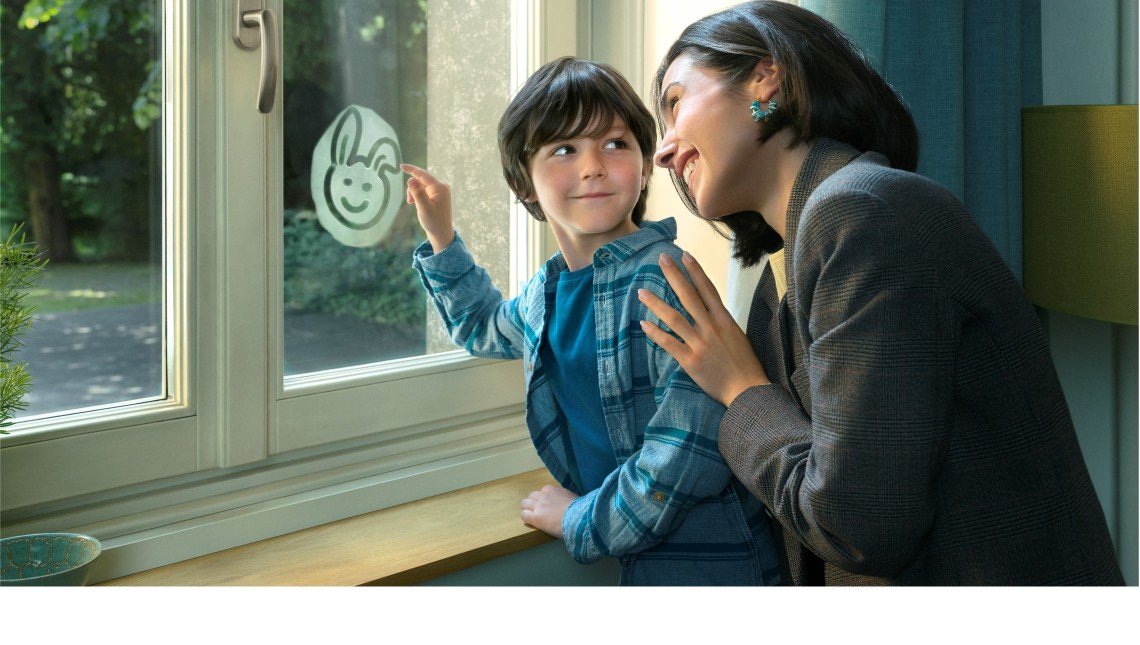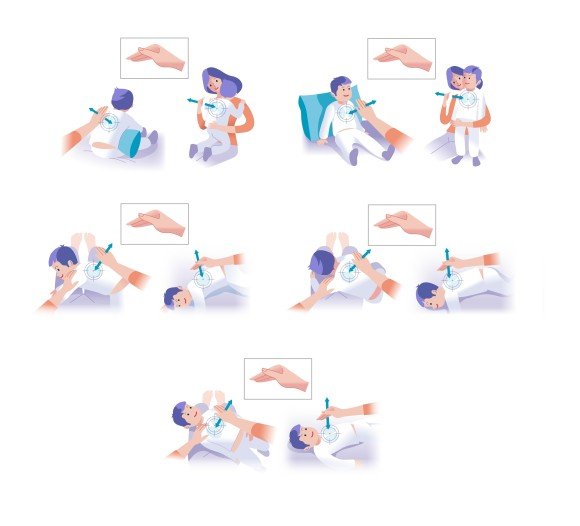So they can breathe at their natural rhythm.

As for adults, breathing is the most natural act for children - until a wet cough arrives and disrupts its rhythm.
Fluimucil Kids, with its dual action, helps dissolve mucus and clears their airways. Even for the little ones.
THE NATURAL RHYTHM OF BREATHING IN CHILDREN
A child's breathing is at the heart of every parent's life.
It sets the rhythm for both our lives and theirs: we feel at peace when it's slow and steady as they sleep, we share in their excitement when it quickens during play, and we comfort them in a hug when their breath breaks into sobs.
When children can breathe freely, they can live their lives to the fullest, uninterrupted.
Sometimes, however, mucus makes it hard for them to breathe, which alarms us and prompts us to adjust our routines or change plans.
In reality, the body is simply trying to defend itself through wet cough - a natural way to expel what's obstructing the airways.
But when the cough becomes persistent, it's not just the children who suffer; the whole family feels the strain.
FOR YOUR LITTLE ONE'S WET COUGH: FLUIMUCIL KIDS
Thanks to its active ingredient, N-Acetylcysteine, it works with a dual action: it helps break down excess mucus that builds up in the bronchi (by breaking its molecular chains and making it more fluid) and promotes its dissolution, clearing your child's airways.
With Fluimucil Kids, even children can regain their natural rhythm of breathing.
HOW TO HELP CHILDREN SAFELY EXPEL MUCUS
Expelling mucus can be a delicate process for young children, but there are some safe and simple techniques to aid expectoration.
Gently tapping the child's back or chest with a cupped hand is enough to help loosen the mucus and clear their airways.
DRAINING UPPER LOBES:
BACK: clap between the spine and shoulder blade of the upper back.
FRONT: clap between the collarbone and nipple.
DRAINING LOWER LOBES:
SIDES: clap below the armpit.
BACK: clap over the lower ribs.
FRONT: clap on the front of the chest, below the nipple.
